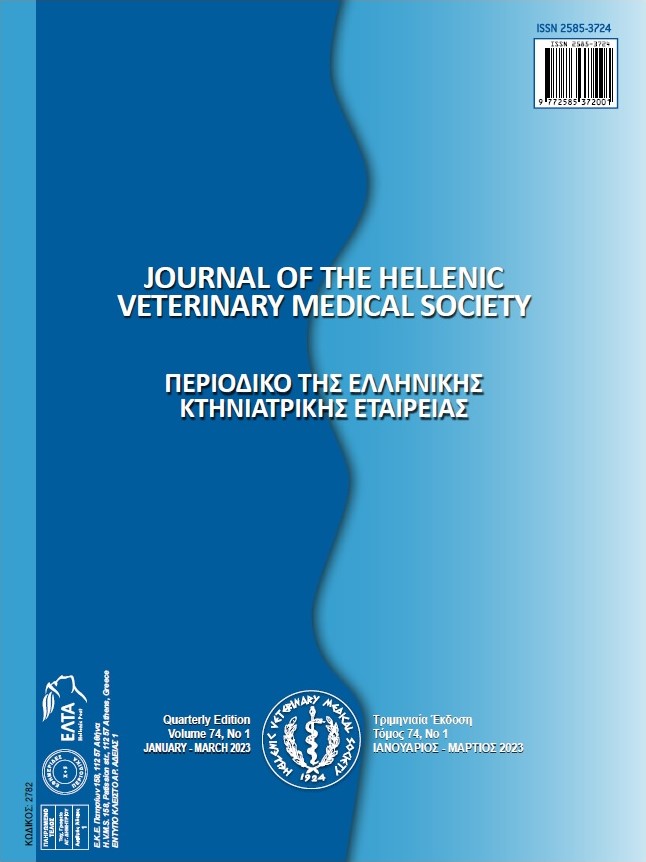Hepatoprotective effect of Artichoke (Cynara scolymus) in laying hens

Abstract
This experiment was conducted to investigate the effect of artichoke plant (Cynara scolymus) at different ratios (0, 5, 10 and 15 g/kg) supplementation into high-energy laying hen diet on performance, egg quality parameters, serum lipid profile, some liver enzymes and liver fat ratio. In total, one hundred and twenty 70-week-old Lohman LSL laying hens were randomly assigned to five groups and each group consisted of six subgroups. The control group was fed the basal feed (2650 kcal/kg ME), and the treatments groups were fed with high energy (2850 kcal/kg ME) including 0, 5, 10 and 15 g/kg artichoke, respectively. The feed and water were given to animals as ad-libitum during the experimental period. Experiment lasted for 8 weeks.
The supplementation of 10 g/kg artichoke to the diet improved feed conversion ratio (FCR) and increased egg production. All additive artichoke diets showed the highest eggshell weight, shell breaking strength, shell thickness and yolk color. The addition of artichoke to the high energy diet reduced the serum triglyceride, LDL and VLDL concentration. The GSH, CAT and GPx values which are enzymatic antioxidants in serum were found to be highest in the HE+ artichoke 5 g/kg group. The liver fat content was dramatically lower in laying hens fed on HE+artichoke 10 g/kg diet (18.83 %) compared with those fed on the high energy diet (48.26 %).
As s result, dietary supplementation of artichoke could be used in the diets to improve the performance, shell weight, breaking strength, thickness of shell, egg yolk color and reduced to serum triglyceride, LDL and VLDL concentration, liver fat ratio and increased the serum antioxidants enzymes (GSH, CAT and GPx).
Article Details
- How to Cite
-
Ürüşan, H. (2023). Hepatoprotective effect of Artichoke (Cynara scolymus) in laying hens. Journal of the Hellenic Veterinary Medical Society, 74(1), 5249–5258. https://doi.org/10.12681/jhvms.28954 (Original work published April 11, 2023)
- Issue
- Vol. 74 No. 1 (2023)
- Section
- Research Articles

This work is licensed under a Creative Commons Attribution-NonCommercial 4.0 International License.
Authors who publish with this journal agree to the following terms:
· Authors retain copyright and grant the journal right of first publication with the work simultaneously licensed under a Creative Commons Attribution Non-Commercial License that allows others to share the work with an acknowledgement of the work's authorship and initial publication in this journal.
· Authors are able to enter into separate, additional contractual arrangements for the non-exclusive distribution of the journal's published version of the work (e.g. post it to an institutional repository or publish it in a book), with an acknowledgement of its initial publication in this journal.
· Authors are permitted and encouraged to post their work online (preferably in institutional repositories or on their website) prior to and during the submission process, as it can lead to productive exchanges, as well as earlier and greater citation of published work.


